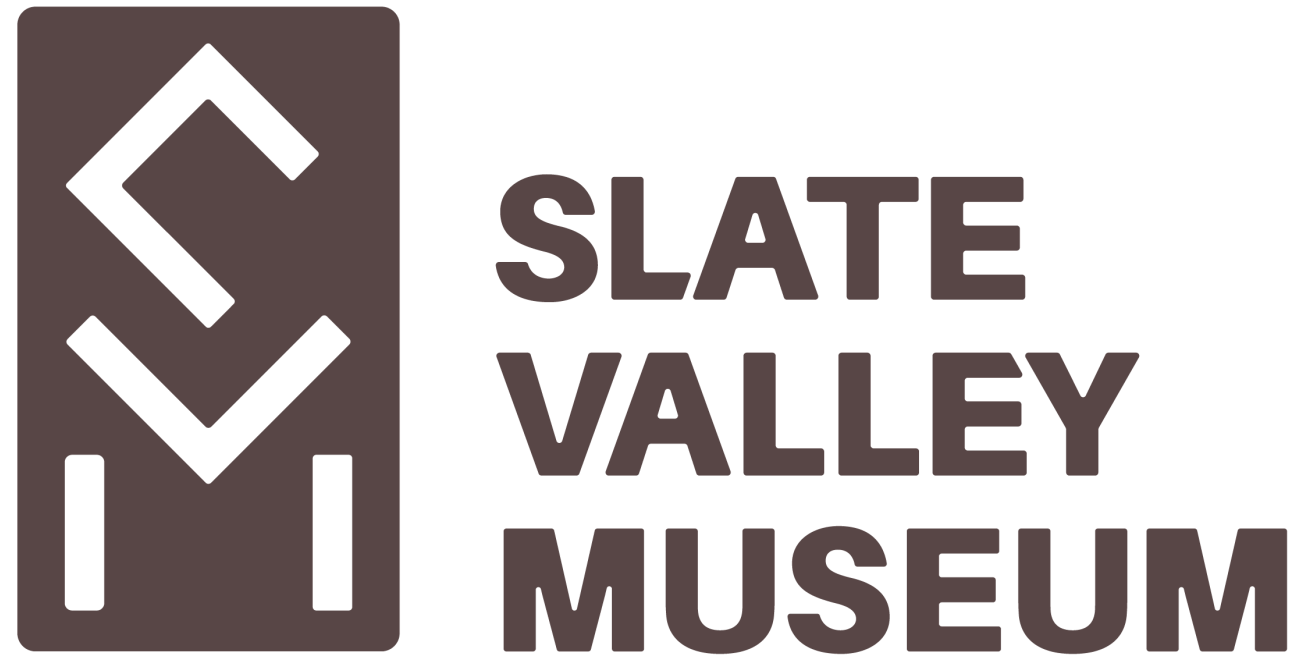New York State, Public Art, and City Beautiful
Eventually, the philosophies of the City Beautiful movement spilled over and influenced residential housing and community planning not only for the wealthy, but for a wider portion of the population as well. Architects like Dwight J. Baum extended the influence to new approaches to housing and community. Baum was born in Little Falls, New York, not far from Syracuse, where he graduated from Syracuse University with a bachelor's degree in architecture in 1909. By 1931, he had received an AIA Gold Medal Award directly from President Hoover at The White House for the “best small house design from 1926-1930.”
Baum received many other awards from the Better Homes of America, Inc. (BHA), an organization that promoted home ownership and the construction of single-family homes to overcome a housing shortage that followed World War I. For a period of time, Baum and his family lived in a community called Fieldston, located in the Bronx, where he designed 140 homes, some with murals, as part of an overall community with harmonizing landscape. A demonstration home similar in style to Baum’s and developed in collaboration with BHA, was placed on The National Mall in Washington, DC in 1923, seemingly tying the “City Beautiful” and “Better Homes” movements together. Homes like these were the embodiment of what home ownership could bring to the American family and to the modern woman, for whom the homes were designed to honor as wife and mother, a demonstration of emerging societal shifts away from multi-generational households to suburbs, communities, and neighborhoods made up of homes that housed nuclear family units – father, mother, and the children they shared. Herbert Hoover served as BHA’s honorary president during his term as Secretary of Commerce.
Baum’s influence and work is also seen in examples throughout New York and the Slate Valley. Due to a fire, a new Lincoln Bathhouse was constructed at New York’s Saratoga Spa State Park in 1928, completed in 1930 under then Governor Franklin D. Roosevelt. It is considered the most fully developed Beaux Arts structure in the State Park. The 1931-1935 projects, with funding from both the state and Hoover administration (the Relief & Construction Act of 1932) continued to receive similar support under FDR's New Deal.
Major projects like the Lincoln Bathhouse require teams of professionals. This brought Baum together with architects Joseph H. Freelander and Marcus T. Reynolds from Albany, along with landscape architect A. F. Brinckeroff. Freelander served as the architect of the core portion of the park, while Baum designed the State Seal Bottling Plant and the Victoria Pool and Recreation Center, a complex including four Georgian Revival buildings and a slate terrace. The primary roofing slate used across the State Park was Weathering Green slate, the “old” sea green slate found in a vein from Pawlet to North Poultney here in the Slate Valley.
Baum continued to gain fame from his mix of institutional and residential designs. Through the 1920s -1930s, he was acclaimed for his designs in the Sarasota, Florida area where he created a $5 million Venetian-Gothic Revival estate for John Ringling. Called “Ca d' Zan,” it is now part of the John and Mable Ringling Museum of Art. Baum also submitted a campus plan at Middlebury College in Vermont, not far from the Slate Valley, in 1935. In Syracuse, New York, he created a 50-year building plan for the University and was architect for three campus buildings and structures within the city, including Columbus Circle and several residential homes. He also created a plan for modernizing Wells College in Aurora, New York.
Baum made several architectural contributions to the 1939 World’s Fair, including the Good Housekeeping House, YMCA Building, and the Home Furnishing Building. Martha Levy also contributed to the 1939 World's Fair for her easel artwork, but it would be her mural of the same year, Men Working in Slate Quarry, which would be hung in the Study Hall room of Granville High School that would impact then, and now, the lives of the slate communities nestled about the Valley. In 1939, only twelve slate operators were listed for the New York side of the Valley, a number that remained the same until it finally increased in 1946.
Martha Levy's three-panel mural may be reflective of a critical industry and of local history, but it very well may also reflect the challenging times. Except for the workers in the actual quarry whose eyes are alert to the incoming carriage, the remaining workers go about their tasks with their eyes cast downward. Their work was very tough, as were the times.
Previous Panel... Slate Valley Ties
Next Panel... Emergence of Mural Art

